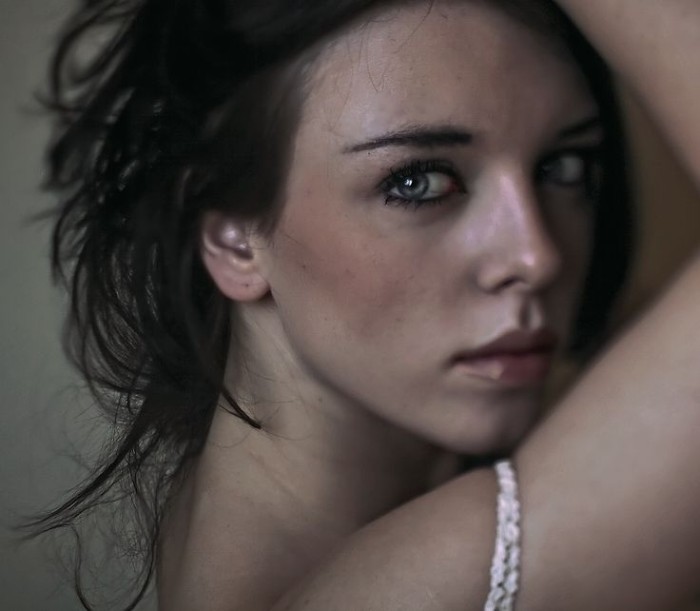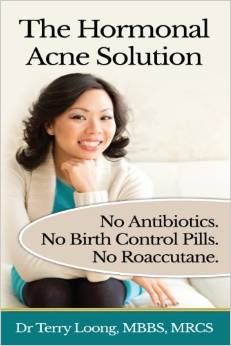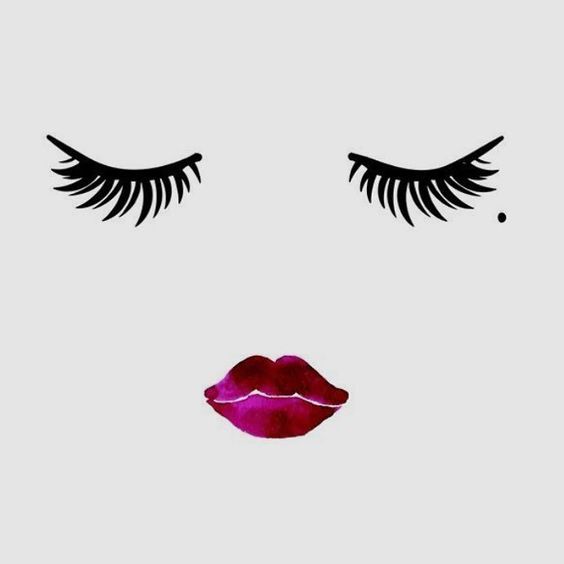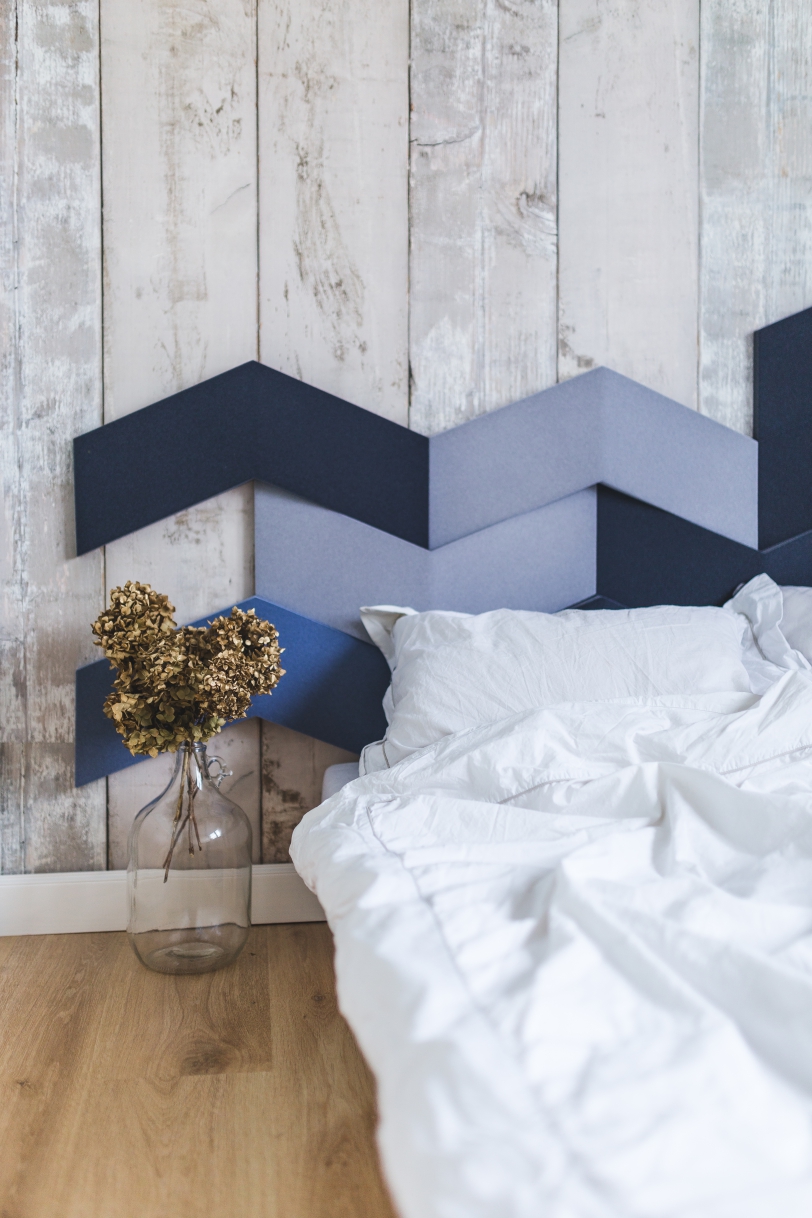Do you treat your skin the same way everyday? I do, for the most part. Some days may be mask days while others may be exfoliation days, but usually, I apply the same products in the same order, day in, day out. But my skin isn’t the same everyday. Predictably, before my period, my skin is oily, blotchy, and generally resistant to looking fly, regardless of my efforts at cosmetology. When I’m closer to ovulating, I look more like what I once imagined vegans to look like 24/7: hot glow monsters. (Now that I’m vegan, I know that not even the “veggie glow” can combat the work of Aunt Flo. Thanks, Nature.)
Considering that, perhaps I should adjust my skin care to, well, my skin.
Recently, I’ve been absorbed in an incredible book: The Hormonal Acne Solution by Terry Loong. I knew it would be worth reading when I saw the subtitle: No Antibiotics. No Birth Control. No Roaccutane.
This is probably the book on acne that I’ve been waiting for since I began my healthy lifestyle journey some three years ago. Loong explains how lifestyle, diet, and products determine the appearance of your skin. She takes you through the inner workings of the endocrine system using understandable language and helpful metaphors. For the hormone-curious/obsessed like me, it’s just so, so glorious.
Each section is packed with helpful tips and hormone epiphanies, but Loong’s chapter on how to treat skin depending on where we our in our cycle (a.k.a. “Skin Cycling”) has been the most illuminating for me. I’ve broken down her tips here, so that you, too, can have a little better understanding of why your skin does what it does when it—and what to do about it!
Menstrual Phase (1-7 days)
Your hormones: During this time, your body experiences a drop in progesterone and estrogen. The drop in estrogen prompts the shedding of the uterine wall and the onset of your period.
Your skin: Low hormone levels lead to dull, tired-looking skin. Your body also releases prostaglandin, a precursor of inflammation. This may increase your skin’s sensitivity and inflammation.
What to do: Pamper your skin with soothing, anti-inflammatory products. Look for gentle solutions containing green tea and chamomile. To boost your glow, seek hydrating products containing hyaluronic acid (super skin plumper) and vitamin E. Avoid any harsh products or treatments during this time since your skin is so sensitive.
Your lifestyle: Now is a good time to focus on self-care. Look inward and think about what’s working for you and what’s not. Don’t push yourself too hard during this phase.
Follicar Phase (7-10 days)
Your hormones: Low estrogen prompts the pituitary gland to produce follicle stimulating hormone (FSH), beginning the process of ovulation and swelling of the eggs. Estrogen increases to thicken the uterine lining.
Your skin: Increased estrogen and blood circulation boosts your glow. Skin is also more absorbent, making it a good time for special skin treatments.
What to do: Take advantage of this period by using stronger ingredients. Vitamin A and glycolic acid will help exfoliate and brighten skin.
Your lifestyle: Around this time, you’re likely to feel a little more outgoing and energetic. Use this time to start new projects, network, and get creative!
Ovulation Phase (3-4 days)
Your hormones: Your estrogen and testosterone levels peak, increasing your confidence and libido (the body wants to mate!). The body also experiences a rise in FSH and luteinizing hormone (LH), preparing the egg for fertilization.
Your skin: Loong describes this phase as our “ultimate bloom.” Our skin is hydrated but not overly oily. Pores are smaller, collagen production increases, and skin is glowing.
What to do: Revel in it! Wear less makeup (you don’t need it!). Keep skincare simple. Protect with antioxidants and SPF.
Your lifestyle: During this time, you are magnetic and receptive. Use this time to have difficult conversations and important meetings. Smile at strangers; wear your flirtiest skirt (just not to your important business meetings!).
Luteal Phase (10-14 days)
Your hormones: The body prepares to let go of the egg, the pituitary gland stops producing FSH and LH. Estrogen and progesterone drops. The body experiences a slight peak in testosterone to boost libido (“please mate!” it says) in hopes of fertilizing the egg at the last minute.
Your skin: The glow is gone. Higher testosterone increases oil production. Pores are enlarged, and we’re more susceptible to acne. The drop in progesterone (a calming hormone) may make us more irritable and prone to sugar craving and picking at our skin (nooo!).
What to do: Focus on removing excess oil and increasing skin turnover with exfoliants, salicylic acid, and glycolic acid.
Your lifestyle: This time can be beautiful and reflective if we allow it. Pull out your journal, rest, catch up with Netflix. Look inward, and be analytical about your current projects and goals.
Loong recommends that you keep a journal to track your Skin Cycling. Note which products are most helpful during which phases, and which ones aren’t working. It may take about three months to really get a good sense of how your skin changes over a month.
Have you tried skin cycling?
More natural skin care tips: I Tried Micro Needling for Acne Scars
Oil Cleansing Method for Gentle Skin Care
Beauty Secrets for Youthful Eyes
Photos: Jillian Xenia via Flickr, Amazon






